CARING WITH FAMILY
|
| The level of fondness a breed tends to exhibit towards their family members and acquaintances. Certain breeds may display aloofness towards everyone except their owner, while other breeds treat all familiar faces as if they were their closest companions. |
LOVE WITH CHILDREN
Unwise
Good With Children
|
| The degree of patience and compatibility a breed shows towards children's conduct, as well as their overall family-friendly disposition. It is crucial to always supervise dogs when they are in the presence of young children or children of any age who have limited experience or exposure to dogs. |
BEHAVIOR WITH DOGS
Unwise
Good With Other Dogs
|
| The general amicability of a breed towards other dogs. While it is always important to supervise dog interactions and introductions certain breeds tend to have a natural inclination to get along well with other dogs both in home environments and in public settings. |
SHEDDING LEVELS & MANAGEMENT
No Shedding
Hair Everywhere
|
| The amount of fur and hair that can be anticipated from a particular breed. Breeds that shed heavily will necessitate more frequent brushing are more prone to trigger specific allergies and are more likely to require regular vacuuming and lint-rolling to manage the shedding. |
COAT GROOMING STANDARDS
|
| The grooming needs of a breed, including bathing, brushing, trimming, and other forms of coat maintenance. It is essential to take into account the time, patience and budget you can allocate for such care when considering the grooming requirements. Additionally, all breeds require regular nail trimming as part of their routine care. |
DROOLING INTENSITY
Less Likely to Drool
Always Have a Towel
|
| The tendency of a breed to drool. If you prioritize cleanliness and find it undesirable for dogs to leave slobber trails on your arm or create significant wet spots on your clothes breeds that are prone to excessive drooling may not be the ideal choice for you |
COAT STYLES GUIDE |
| Double |
| COAT SPECTRUM |
| Medium |
FRIENDLINESS
Reserved
Everyone Is My Best Friend
|
| The level of friendliness a breed typically exhibits towards strangers. Certain breeds may display reserved or cautious behavior around unfamiliar individuals regardless of the setting, whereas other breeds will eagerly greet new people whenever they are encountered. |
LIVELINESS
Only When You Want To Play
Non-Stop
|
| The level of enthusiasm a breed typically displays towards play, even beyond the puppy stage. Some breeds will maintain a strong desire to engage in interactive games like tug-of-war or fetch well into their adult years, while others will be content to spend most of their time relaxing on the couch with you. |
VIGILANCE INTENSITY
What's Mine Is Yours
Vigilant
|
| The breed's inclination to alert you of the presence of strangers. These breeds are more likely to react to potential threats, whether it's the arrival of the mailman or a squirrel outside the window. Furthermore, these breeds are prone to warming up to strangers who enter the house and are accepted by their family. |
ADAPTATION CAPACITY
Lives For Routine
Highly Adaptable
|
| The adaptability of a breed to handle changes. This encompasses adjustments to living conditions, noise levels, weather, daily routines and other variations in day-to-day life. |
OBEDIENCE LEVEL
Self-Willed
Eager to Please
|
| The ease of training your dog and their willingness to learn new things. Certain breeds are highly motivated to please their owners and are eager to learn, while others may exhibit a more independent nature preferring to do as they please, when and where they please. |
STAMINA LEVEL
|
| The level of exercise and mental stimulation a breed requires. High-energy breeds are typically ready for action and enthusiastic about their next adventure. They tend to engage in activities like running, jumping and playing throughout the day. On the other hand, low-energy breeds are more inclined to be like couch potatoes content with lounging around and snoozing for extended periods of time. |
VOCALIZATION
|
| Medium |
LEARNING CURIOSITY LEVEL
Happy to Lounge
Needs a Job or Activity
|
| The level of mental stimulation a breed requires to maintain their happiness and overall well-being. Purpose-bred dogs, in particular may have jobs that involve decision-making, problem-solving, concentration and other mentally engaging tasks. Without sufficient mental exercise, these dogs may resort to creating their own activities to keep their minds occupied, which may not align with the preferred activities you have in mind. |
| COLORS |
|
Description
|
Registration Code
|
|
Black
|
007
|
|
Black & Cream
|
010
|
|
Black & Red
|
014
|
|
Black & Silver
|
016
|
|
Black & Tan
|
018
|
|
Gray
|
100
|
|
Sable
|
164
|
|
White
|
199
|
|
Liver
|
123
|
|
Blue
|
037
|
|
Bi-Color
|
454
|
|
| PATTERNS | . |



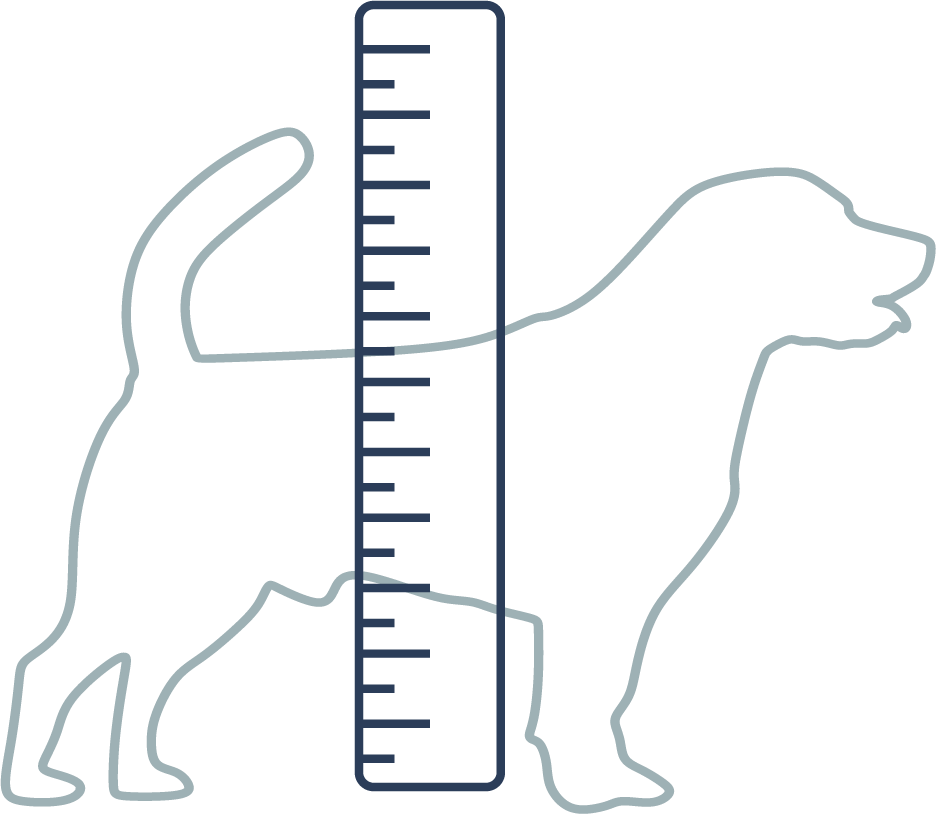


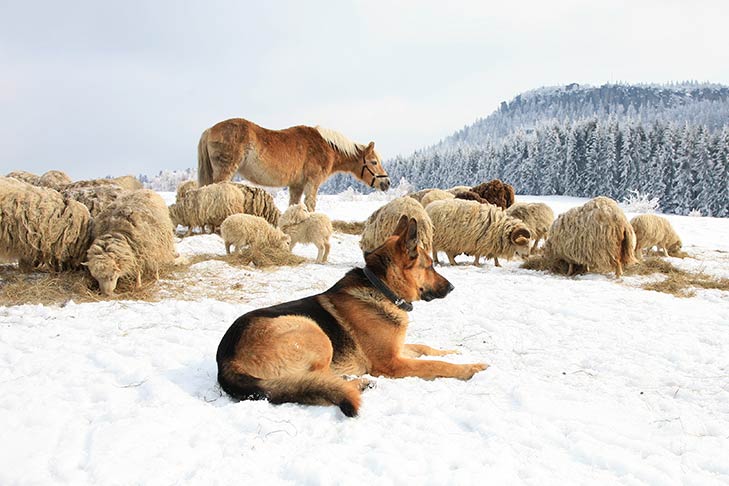
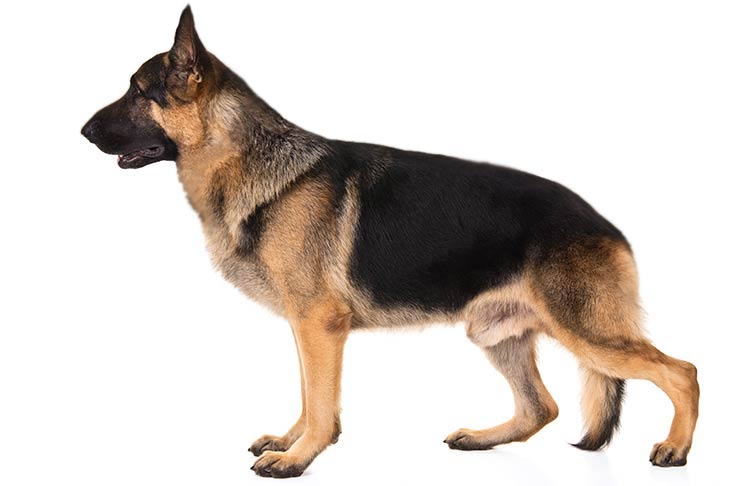
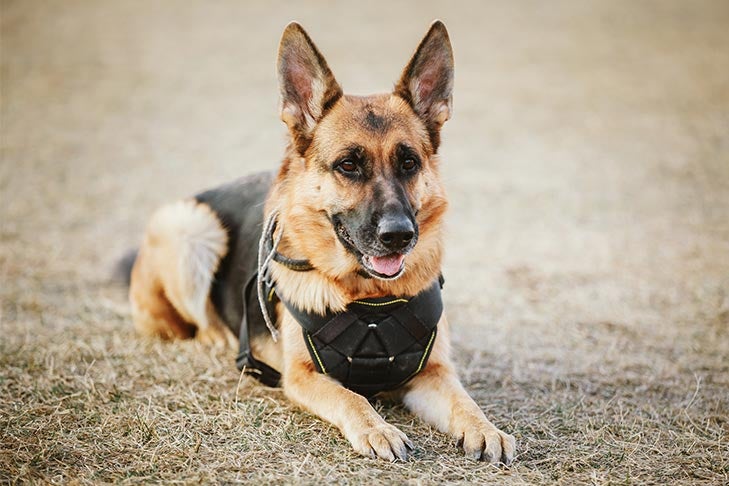
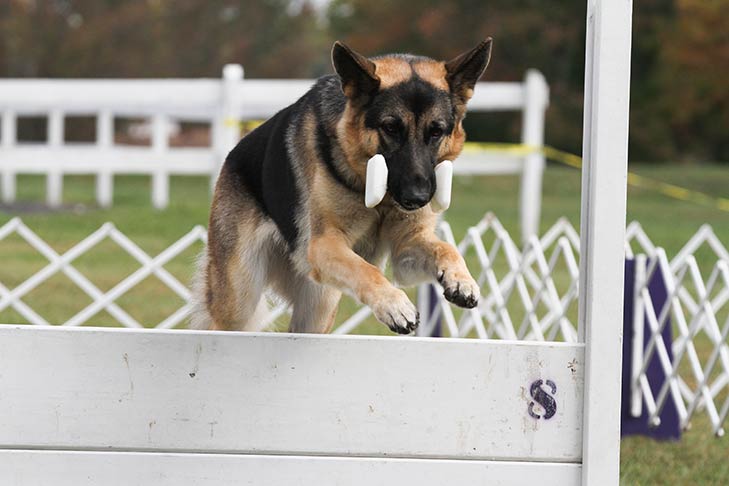







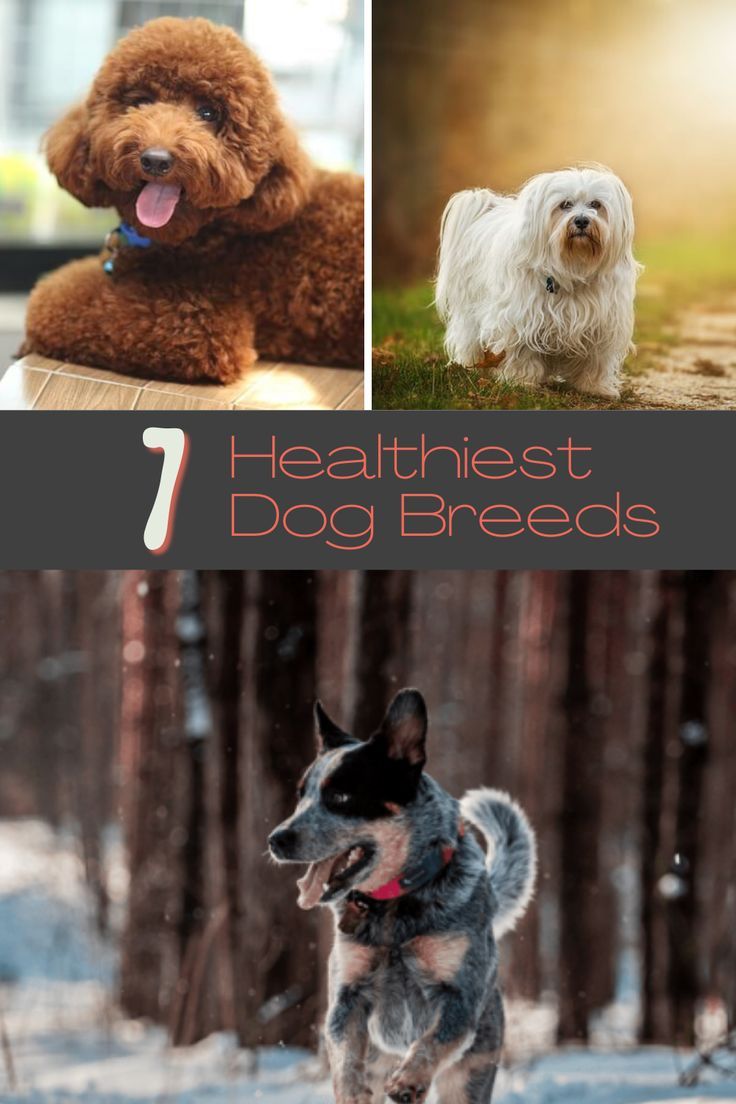

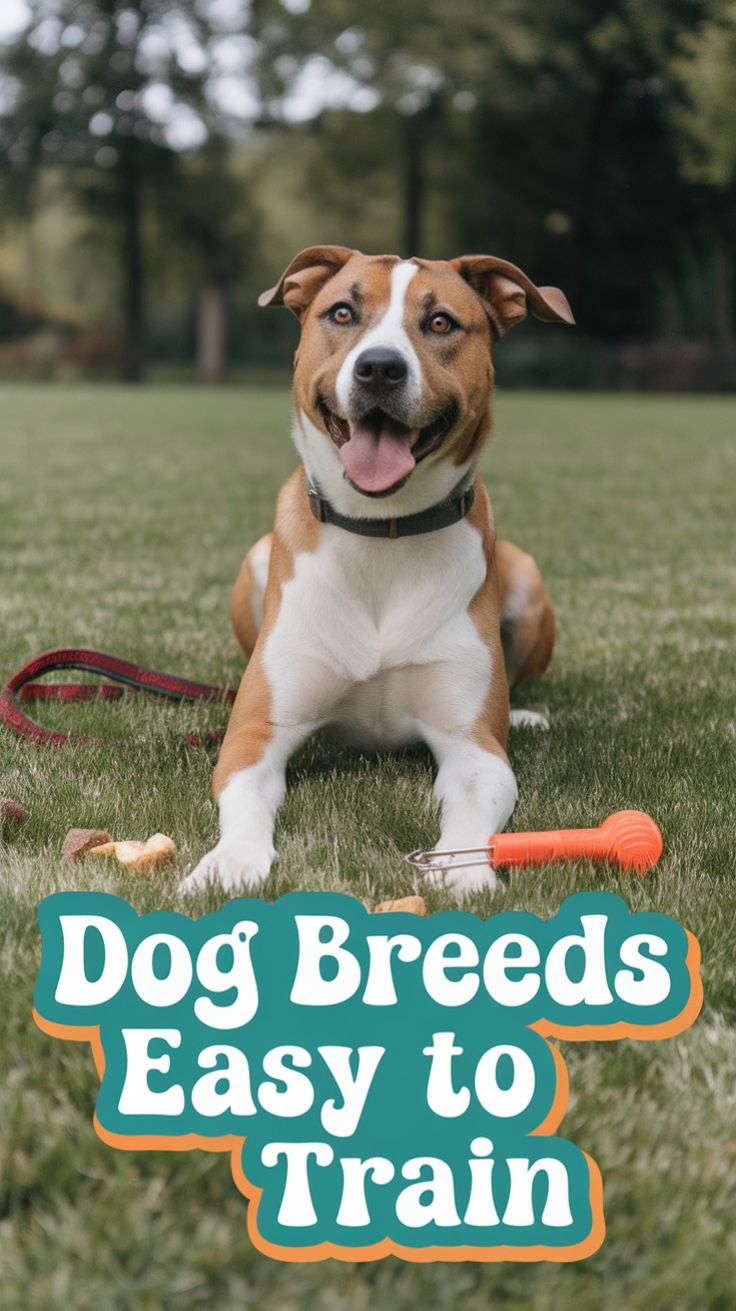
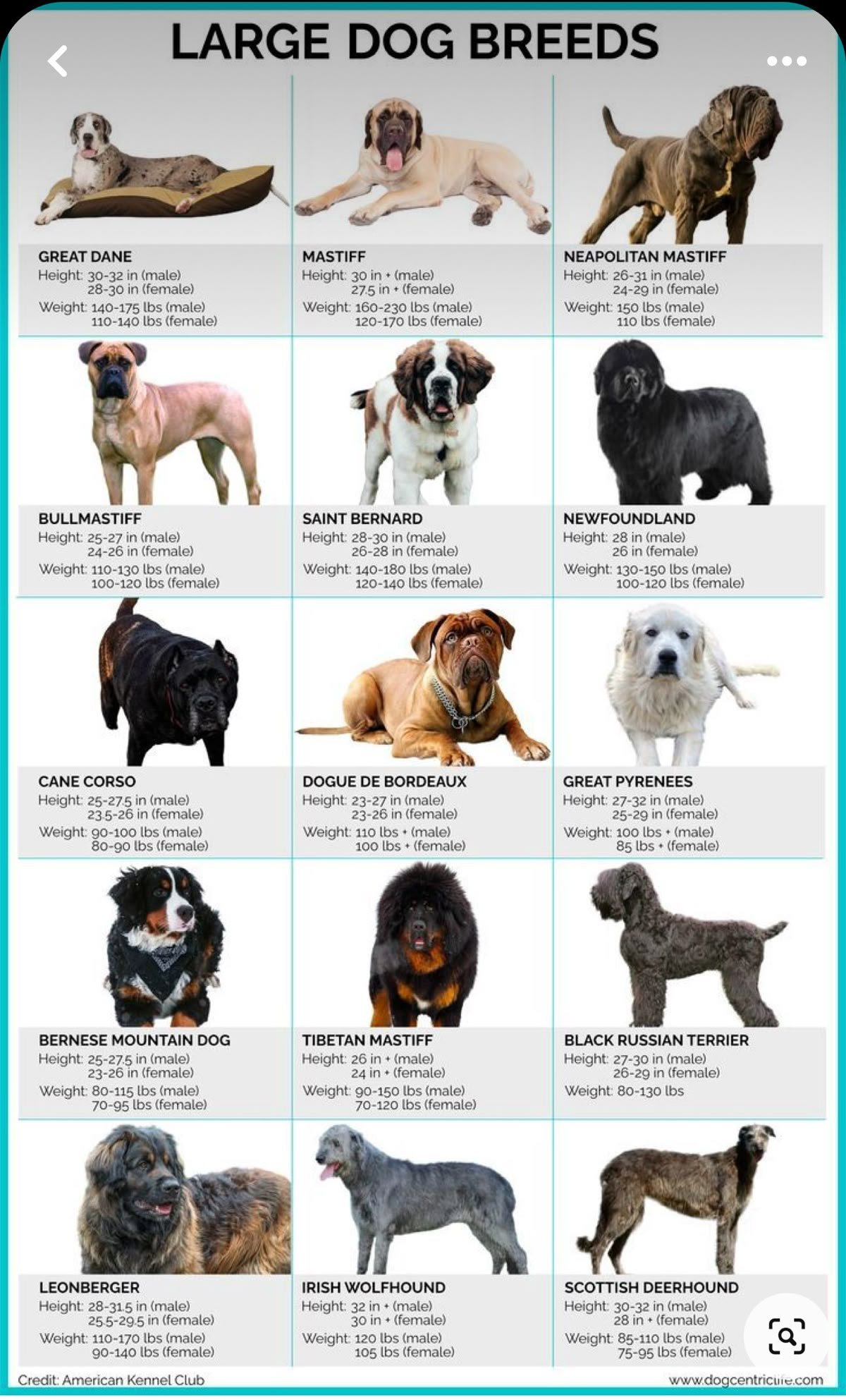






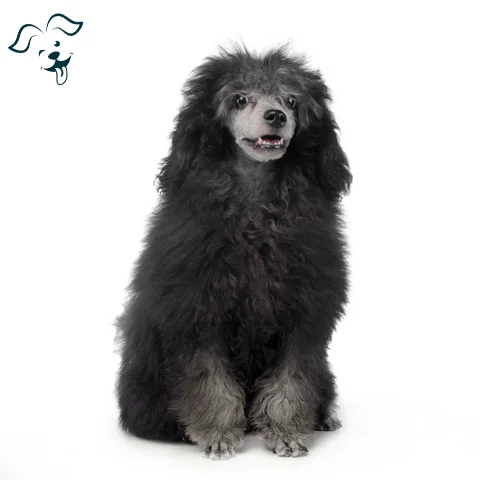


FRIENDLINESS
LIVELINESS
VIGILANCE INTENSITY
ADAPTATION CAPACITY